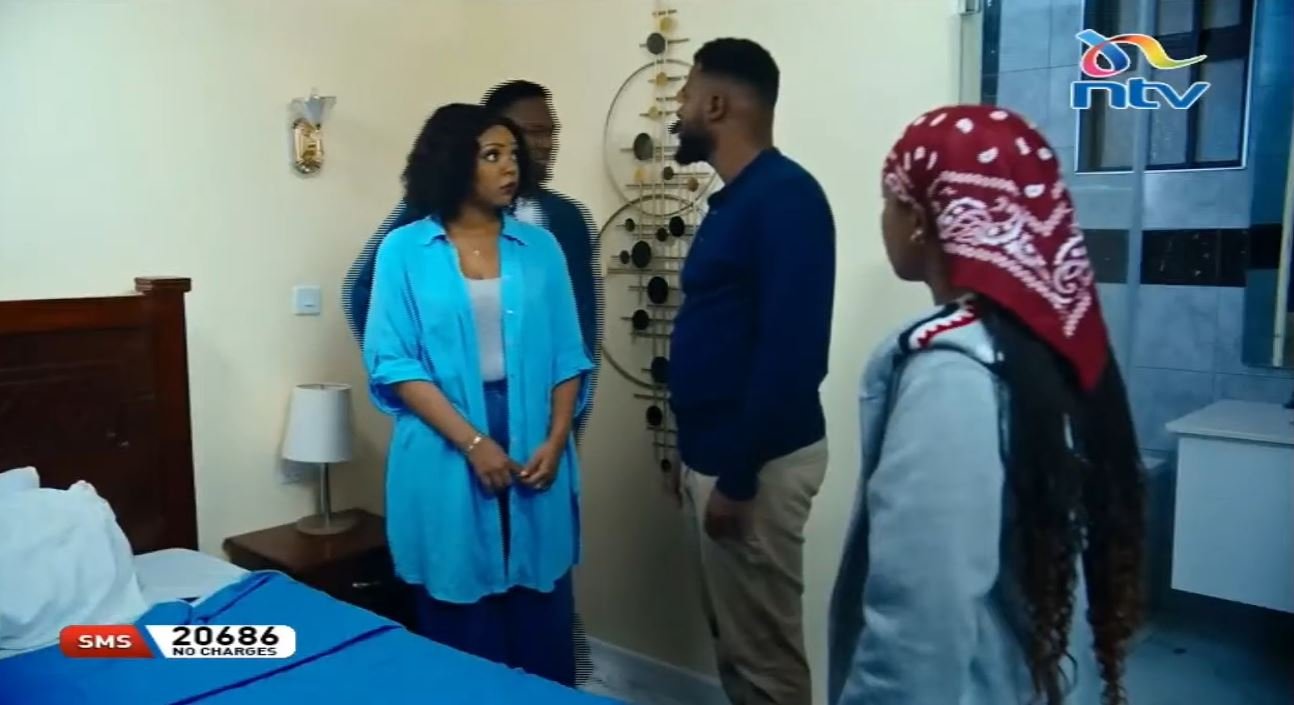Ultimate Guide: Most Durable Phones for Kenyan Boda Boda Riders in 2025
(Dust-Proof, Drop-Tough, and Battery-Marathon Ready – No More Cracked Screens on Rough Roads)
Riding a boda boda in Kenya? You’re a warrior against potholes, red dust from Rongai roads, sudden Nairobi downpours, and endless client calls while dodging matatus. Your phone isn’t just a gadget—it’s your GPS lifeline, M-Pesa hub, and vibe-keeper for Afrobeat playlists. But cheap plastics shatter on the first fender-bender. Enter durable phones Kenya and rugged phones Kenya: IP68-rated tanks with MIL-STD-810H certification that laugh at 1.5m drops and 1.5m water dips.
In 2025, with boda fleets booming (over 1.5 million riders per KNBS stats), these beasts balance toughness, long battery (for 12+ hour shifts), and affordability under KSh 50,000. We scoured Jumia, Avechi, Phone Place, and global rugged picks available locally, plus rider reviews for real-talk durability. Focus: Vibration resistance, big batteries (5,000mAh+), and GPS accuracy. Let’s gear up—your next drop won’t cost a screen repair (KSh 5,000+ nightmare).
Why Boda Riders Need Rugged Phones (And What to Prioritize)
- Drops & Vibrations: MIL-STD-810H tests for 26 drops; essential for bumpy Kitui trails.
- Dust & Water: IP68/IP69K seals out red murram and flash floods.
- Battery Endurance: 10,000mAh+ for all-day navigation without hunting sockets.
- Extras: Loud speakers for client calls, NFC for quick M-Pesa, and repairable designs.
- Budget Reality: KSh 15,000–40,000 range; avoid fakes on Luthuli—stick to Carlcare/Samsung warranties.
Pro Tip: Pair with a KSh 500 handlebar mount and screen protector. Test GPS in-store for offline maps like Google Maps.
Top 7 Most Durable Phones for Boda Boda Riders in Kenya 2025
| Rank | Model & Price (KSh) | Key Durability Specs | Battery & Charging | Camera & GPS | Why for Boda Riders? | Where to Buy |
|---|---|---|---|---|---|---|
| 1 | Samsung Galaxy XCover 6 Pro (30,000–50,000) | IP68, MIL-STD-810H, Gorilla Glass Victus | 4,050mAh (removable), 25W | 50MP main, 5G GPS | Removable battery for quick swaps; Samsung’s 4-year updates & local service. Survives 1.5m drops like a pro. | Phone Place, Jumia Mall, Samsung Stores |
| 2 | Ulefone Armor 15 (20,000–22,000) | IP68/IP69K, MIL-STD-810H, thermal imaging | 6,600mAh, 33W | 13MP main + thermal cam, accurate GPS | Thermal cam spots engine heat; underwater mode for rainy rides. Riders love the “unbreakable build.” | Avechi, Cellular Kenya, Jumia |
| 3 | Blackview BV8800 (15,000–18,000) | IP68/IP69K, MIL-STD-810H, metal frame | 8,380mAh, 33W | 50MP main, dual GPS | Massive battery for 3-day shifts; NFC for fast payments. “Dropped it 10x—still going,” per X users. | Phone Place, Gadgets Leo |
| 4 | Doogee S96 Pro (25,000–35,000 via Ubuy) | IP68/IP69K, MIL-STD-810H, infrared night vision | 6,350mAh, 33W | 48MP main + night vision, GPS | Night vision for dark rural runs; SOS button for emergencies. Tough for “construction-like” roads. | Ubuy Kenya, Jumia (imports) |
| 5 | FOSSiBOT F105 (12,000–15,000) | IP68, MIL-STD-810H, waterproof | 10,300mAh, 18W | 20MP main, GPS | Monster battery outlasts your shift; budget beast for entry-level riders. “Perfect for dust and drops.” | Jumia, Kilimall |
| 6 | Oukitel WP30 Pro (35,000–45,000) | IP68/IP69K, MIL-STD-810H, 64MP cam | 11,000mAh, 120W hypercharge | 108MP main, precise GPS | Fastest charge (full in 25 mins); magnetic wireless for bike mounts. Ideal for high-mileage hustlers. | Avechi (imports), Ubuy |
| 7 | CAT S75 (70,000–81,000) | IP68, MIL-STD-810H, satellite SOS | 5,000mAh, 30W | 50MP main, Mediatek Dimensity 930 | Satellite comms for off-grid areas; built for extremes. Premium pick for pro riders. | Microless, Phone Place (limited stock) |
Prices as of Nov 2025; check for Black Friday deals (10–20% off). All 5G-ready for faster navigation apps.
Deep Dive: Why These Phones Survive the Boda Grind
1. Samsung Galaxy XCover 6 Pro: The Mainstream Tank
Not a full rugged beast, but Samsung’s enterprise-grade build (drop-tested to 1.5m on concrete) and programmable keys make it boda-friendly. 120Hz AMOLED screen stays readable in sun, and DeX mode turns it into a dashboard PC for route planning. Downside: Smaller battery, but removable for swaps. Kenyan riders on forums swear by it for “Samsung reliability without the fragility.”
2. Ulefone Armor 15: Heat-Seeing Hero
This compact (5.45″ screen) powerhouse has a built-in thermal camera—spot overheating engines or lost passengers in crowds. 33W charging refuels during breaks, and dual speakers blast over engine roar. It’s a fave on Avechi for “boda-proof” vibes, surviving 1.8m drops.
3. Blackview BV8800: Budget Battery Boss
Under KSh 20k, it’s a no-brainer for newbie riders—8,380mAh powers GPS all day, and NFC zips M-Pesa. Infrared night vision? Handy for late-night fares. Users report “zero cracks after 6 months of rough roads.”
4-7: The Heavy Hitters
Doogee’s night vision shines for security, FOSSiBOT’s mega-battery for ultra-long hauls, Oukitel’s hypercharge for non-stop action, and CAT’s satellite SOS for remote gigs like Maasai Mara runs. All pass 1.5m water submersion—bye-bye rainy season woes.
Pros & Cons Breakdown
Pros Across the Board:
- Tough as Nails: All handle 1.2–1.8m drops, extreme temps (-20°C to 60°C).
- Battery Wins: 2–4 days standby; most 33W+ charging.
- Rider Extras: GPS accuracy ±2m, loud audio (90dB+), and glove-friendly screens.
Common Cons:
- Bulkier designs (200g+ for stability, but pocket-heavy).
- Mid-range cameras (fine for snaps, not pro vlogs).
- Limited 5G in rural Kenya—stick to 4G models if off-grid.
Buying Guide: Snag Yours Without Getting Ripped Off
- Trusted Spots: Avechi/Phone Place for Ulefone/Blackview (same-day Nairobi delivery); Jumia for FOSSiBOT (cash-on-delivery); Ubuy for Doogee/Oukitel (imports with duties ~KSh 2,000).
- Price Hacks: Lipa Mdogo Mdogo on Jumia (KSh 1,000/month); check X for bundles (e.g., free mounts).
- Verify Durability: Ask for IP/MIL certs; test drops in-store (gently!).
- Warranty Reality: 12 months standard; Samsung/Carlcare has 70+ centers nationwide.
- Avoid Traps: Skip “military grade” generics under KSh 10k—they fake certs. Research serials on brand sites.
In 2025’s boda boom, a rugged phone isn’t a luxury—it’s your co-pilot. The XCover 6 Pro tops for balance, but if battery’s king, go Blackview. Ride safe, capture the hustle, and drop your rider war stories below—which phone’s saved your shift? 🏍️🇰🇪 #DurablePhonesKenya
NOMA NTV WEDNESDAY 26TH NOVEMBER 2025 FULL EPISODE










You must be logged in to post a comment.